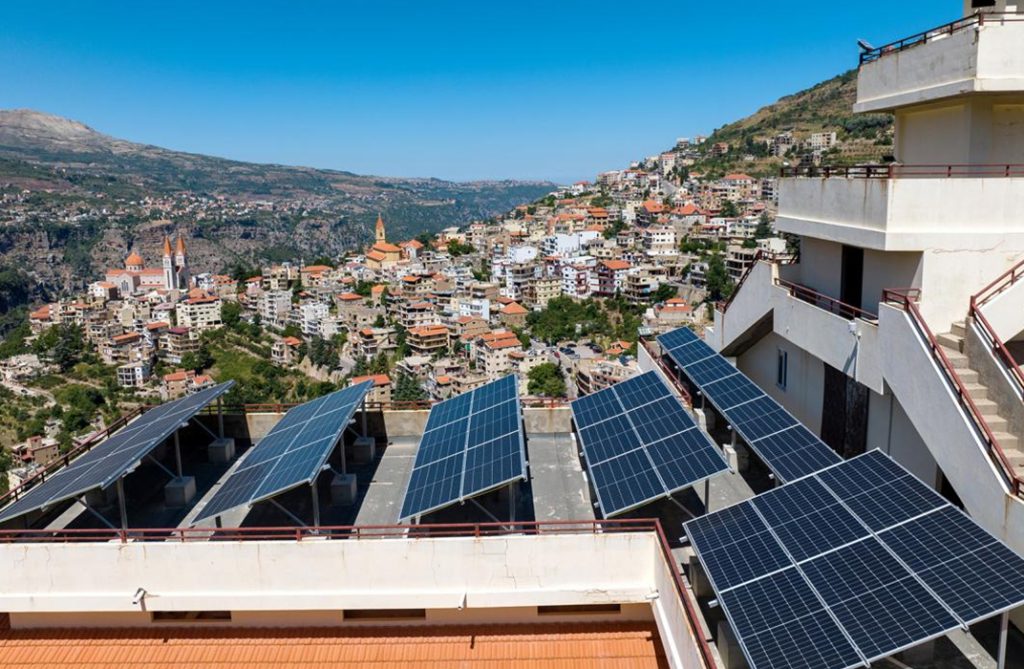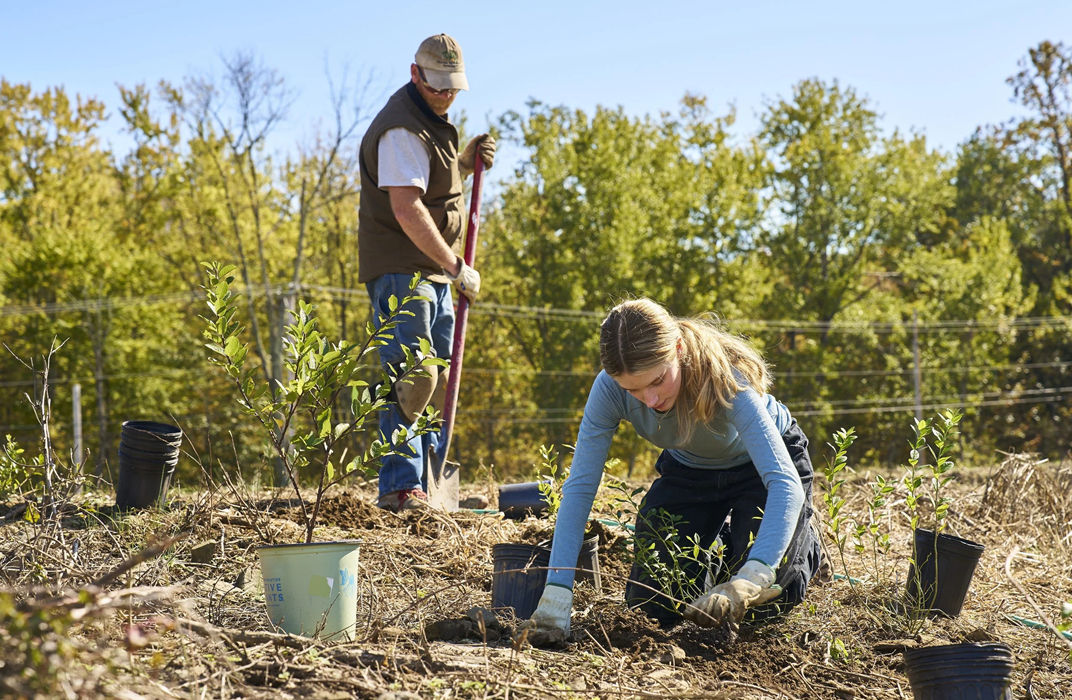What Is Climate Change Mitigation In The Home
Upgrading to energy-efficient appliances can drastically reduce electricity consumption. Appliances with ENERGY STAR ratings are designed to use less energy without compromising performance. Replacing incandescent bulbs with LED lighting can also lead to substantial energy savings, as LEDs consume significantly less power and have a longer lifespan.
Improving home insulation is another essential strategy for climate change mitigation. Proper insulation in walls, attics, and basements can reduce the need for heating and cooling, leading to lower energy usage. Sealing gaps around windows and doors prevents drafts and maintains indoor temperatures, enhancing comfort while minimizing energy waste. Investing in high-efficiency windows can further enhance insulation and reduce heating and cooling costs.

Utilizing renewable energy sources is a powerful method for reducing reliance on fossil fuels. Installing solar panels on rooftops can provide clean energy for household use. This not only reduces electricity bills but also decreases greenhouse gas emissions. Many local and federal programs offer incentives for homeowners to invest in renewable energy, making it a financially viable option for many families.
Water conservation plays a crucial role in climate change mitigation as well. Installing low-flow fixtures in bathrooms and kitchens can significantly reduce water usage. Collecting rainwater for irrigation and using drought-resistant plants in landscaping can further minimize water waste. These practices help conserve a vital resource while reducing the energy required for water treatment and distribution.
Adopting sustainable transportation options is another effective way to mitigate climate change. Encouraging family members to walk, bike, or use public transportation can significantly reduce carbon emissions associated with personal vehicles. Carpooling or using electric or hybrid vehicles can also contribute to lower emissions. Families can make a conscious effort to limit unnecessary travel and combine errands to minimize fuel consumption.
Reducing waste is a fundamental aspect of climate change mitigation. Implementing recycling and composting programs at home can divert waste from landfills, where it produces methane, a potent greenhouse gas. Composting organic waste not only reduces landfill contributions but also enriches soil for gardening. Encouraging a culture of reusing and repurposing items can extend the life of household goods and minimize the demand for new products.
Educating family members about climate change and its impacts can foster a collective commitment to mitigation efforts. Discussing the importance of sustainable practices and involving children in eco-friendly activities can instill lifelong habits. Participating in community clean-up events or local environmental initiatives can further enhance awareness and engagement.

Creating a sustainable home environment also involves mindful purchasing decisions. Supporting local businesses and choosing products with minimal packaging can reduce transportation emissions and waste. Opting for items made from sustainable materials can contribute to a healthier planet. Families can prioritize buying second-hand items or participating in swap events to minimize the need for new purchases.
Incorporating these strategies into daily life not only contributes to climate change mitigation but also enhances the overall quality of life. By focusing on energy efficiency, renewable energy, water conservation, sustainable transportation, waste reduction, education, and mindful purchasing, households can play a vital role in combating climate change and fostering a more sustainable future. Embracing these practices leads to a healthier environment and a more resilient community.




